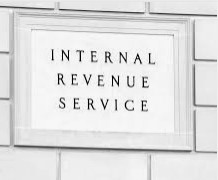
IRS warns Employers to be aware of third parties promoting improper Employee Retention Credit claims.
WASHINGTON — The Internal Revenue Service warned employers to be wary of third parties who are advising them to claim the Employee Retention Credit (ERC) when they may not qualify. Some third parties are taking improper positions related to taxpayer eligibility for and computation of the credit.
These third parties often charge large upfront fees or a fee that is contingent on the amount of the refund and may not inform taxpayers that wage deductions claimed on the business’ federal income tax return must be reduced by the amount of the credit.
If the business filed an income tax return deducting qualified wages before it filed an employment tax return claiming the credit, the business should file an amended income tax return to correct any overstated wage deduction.




















Recent Comments